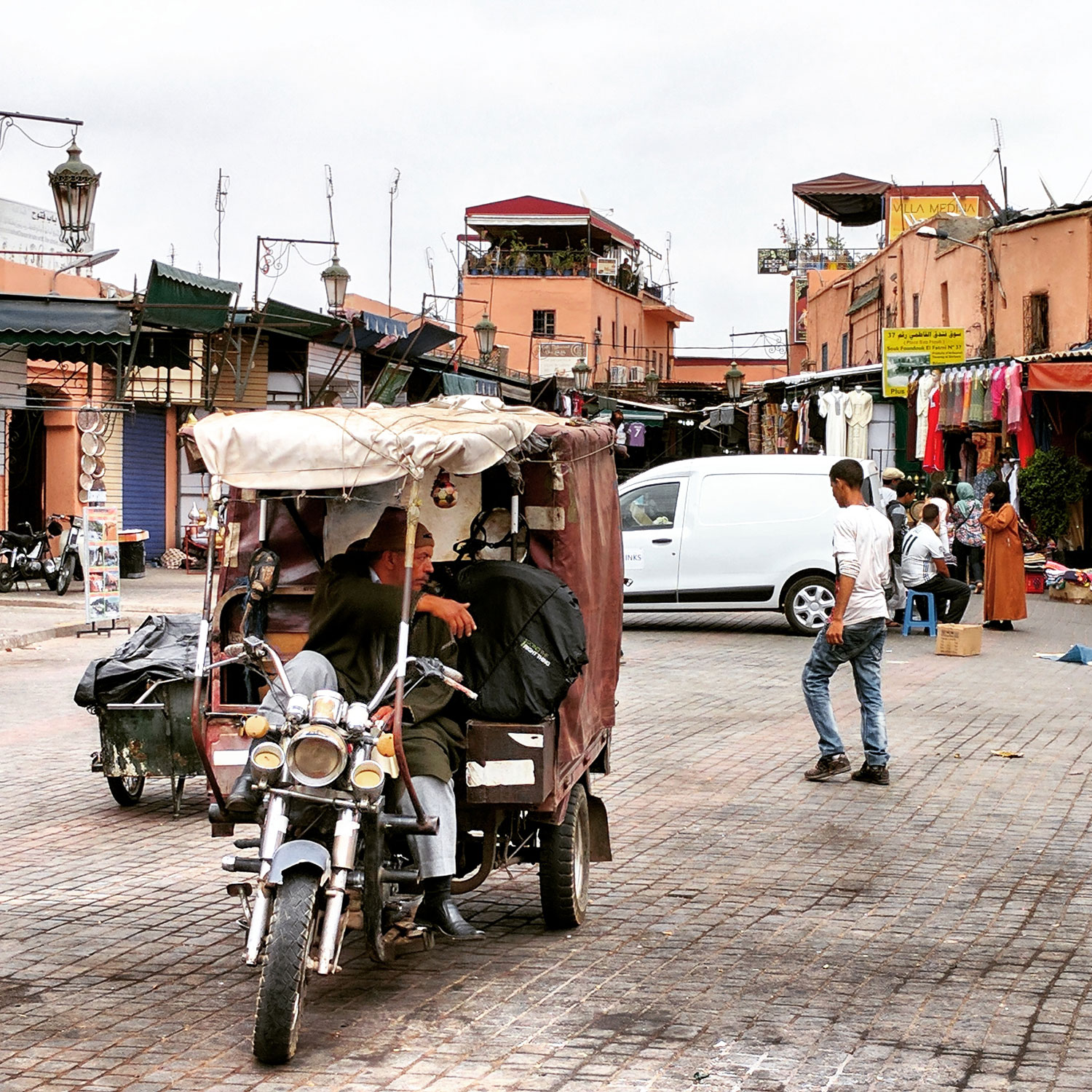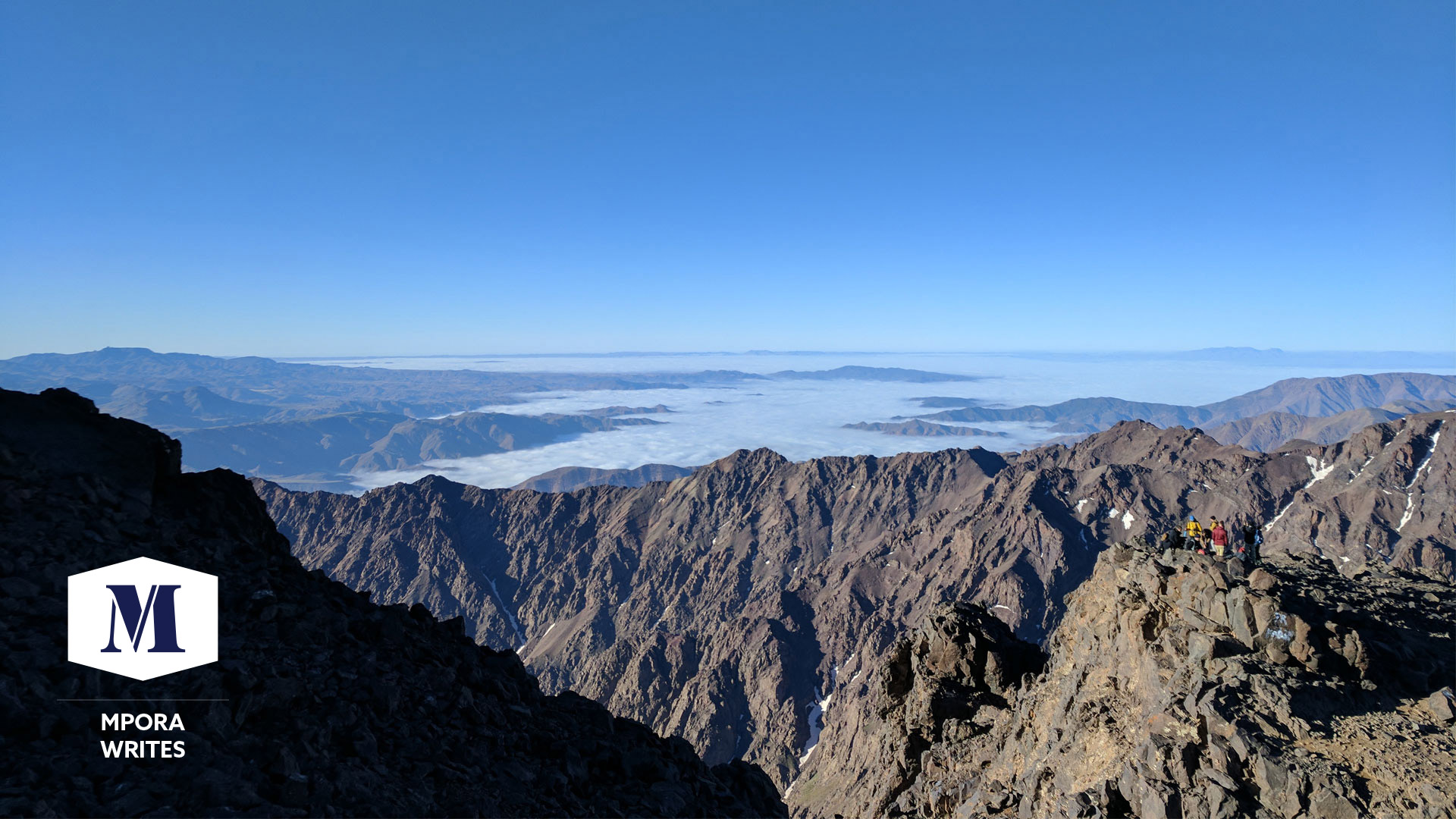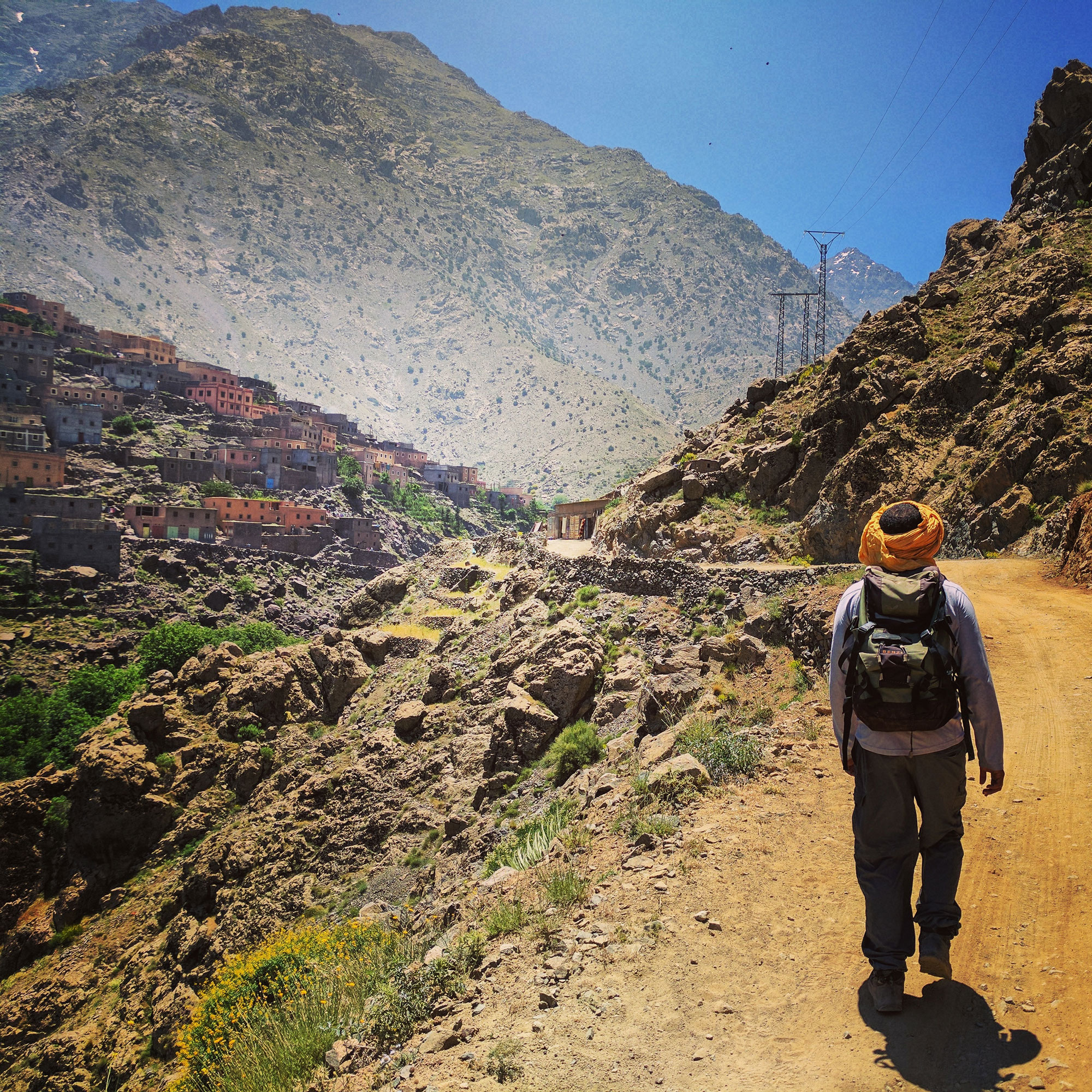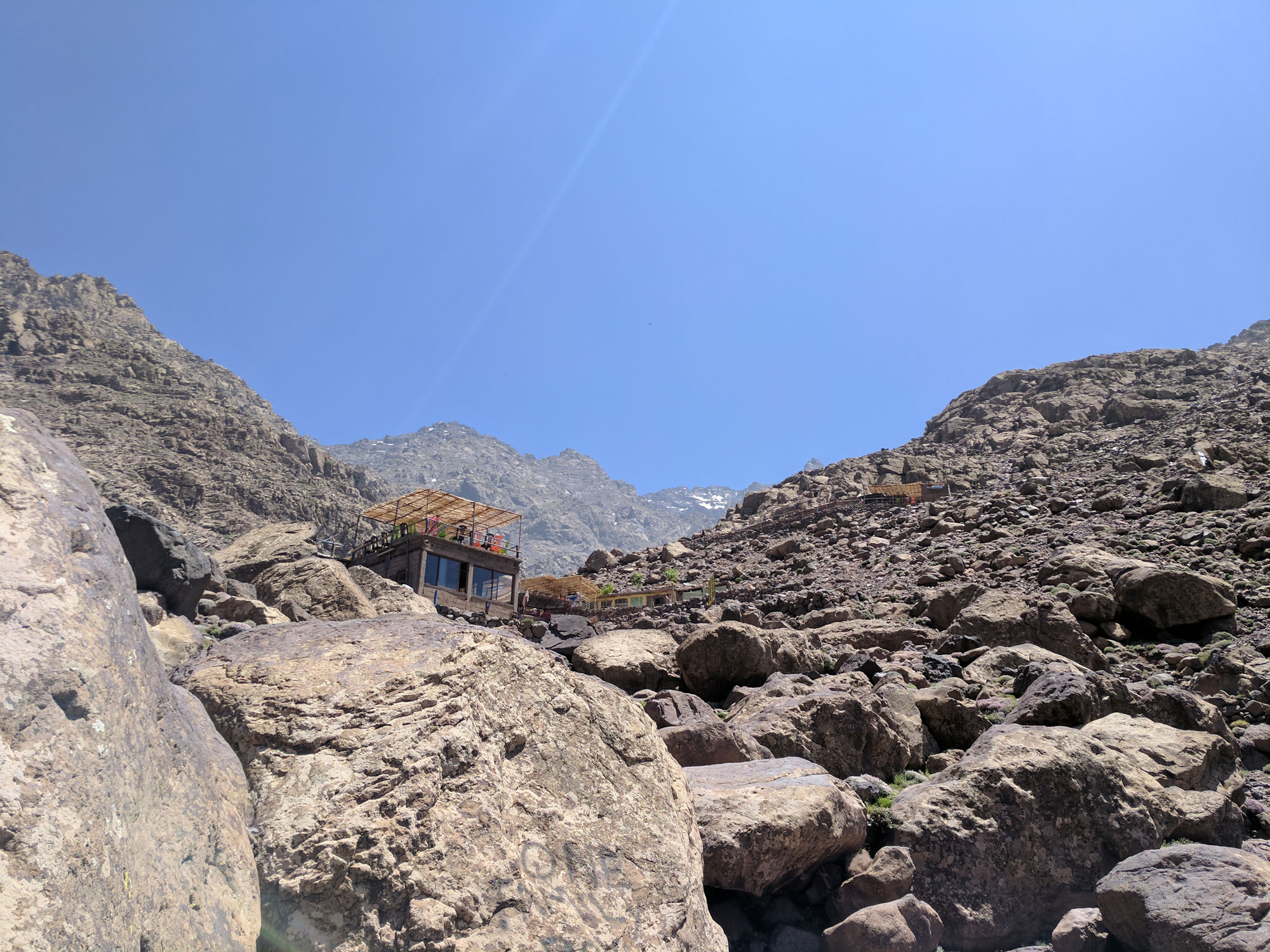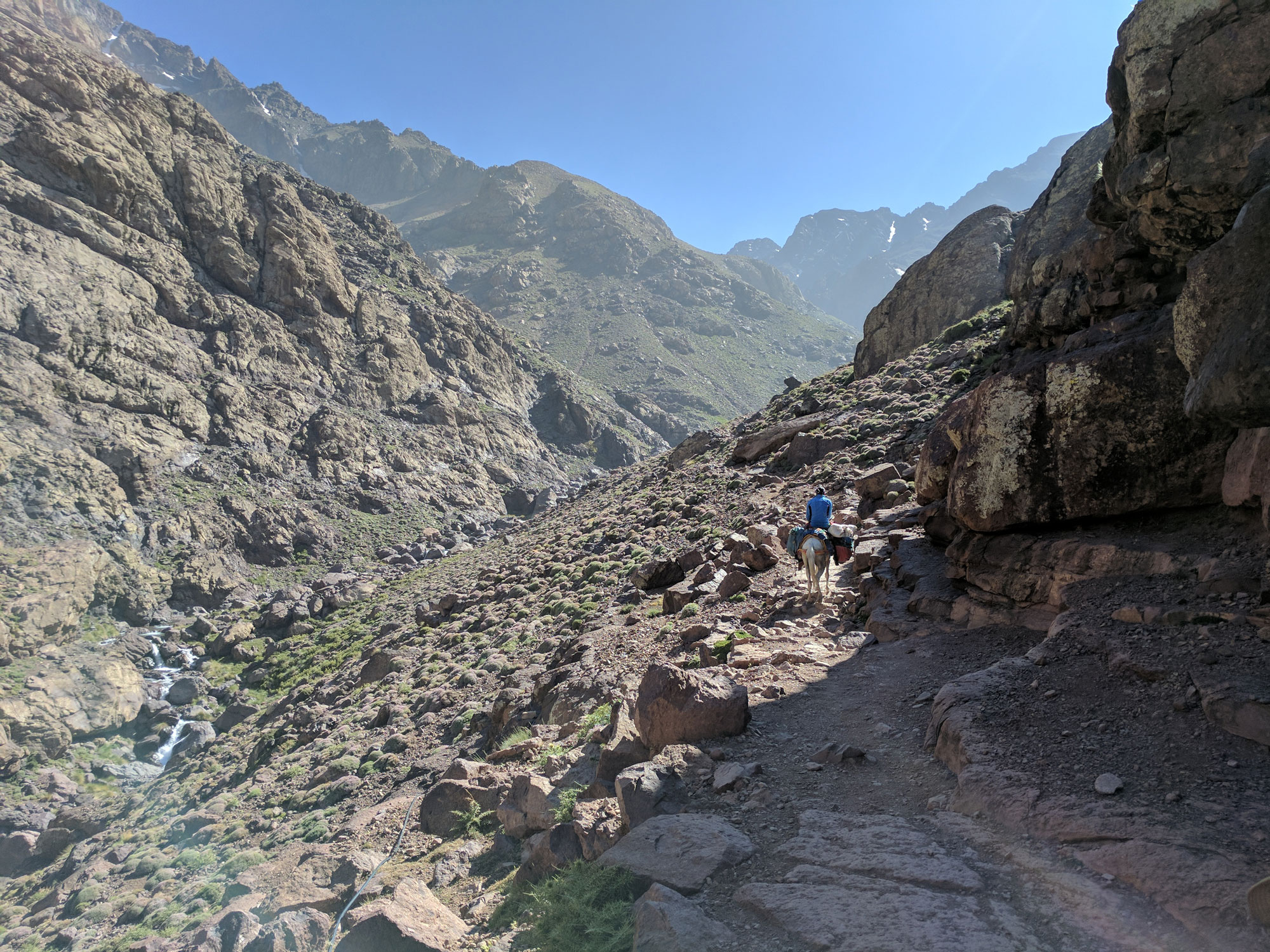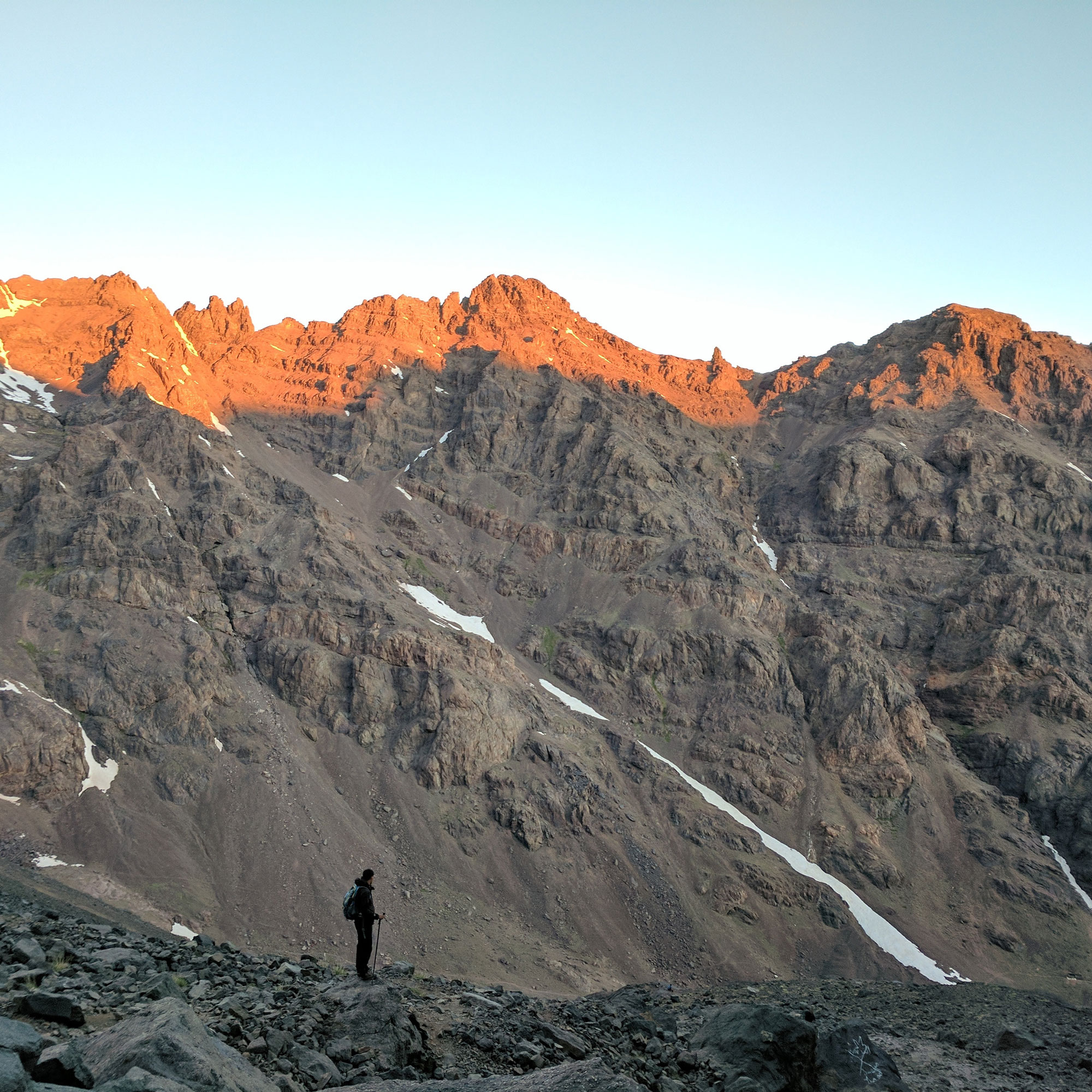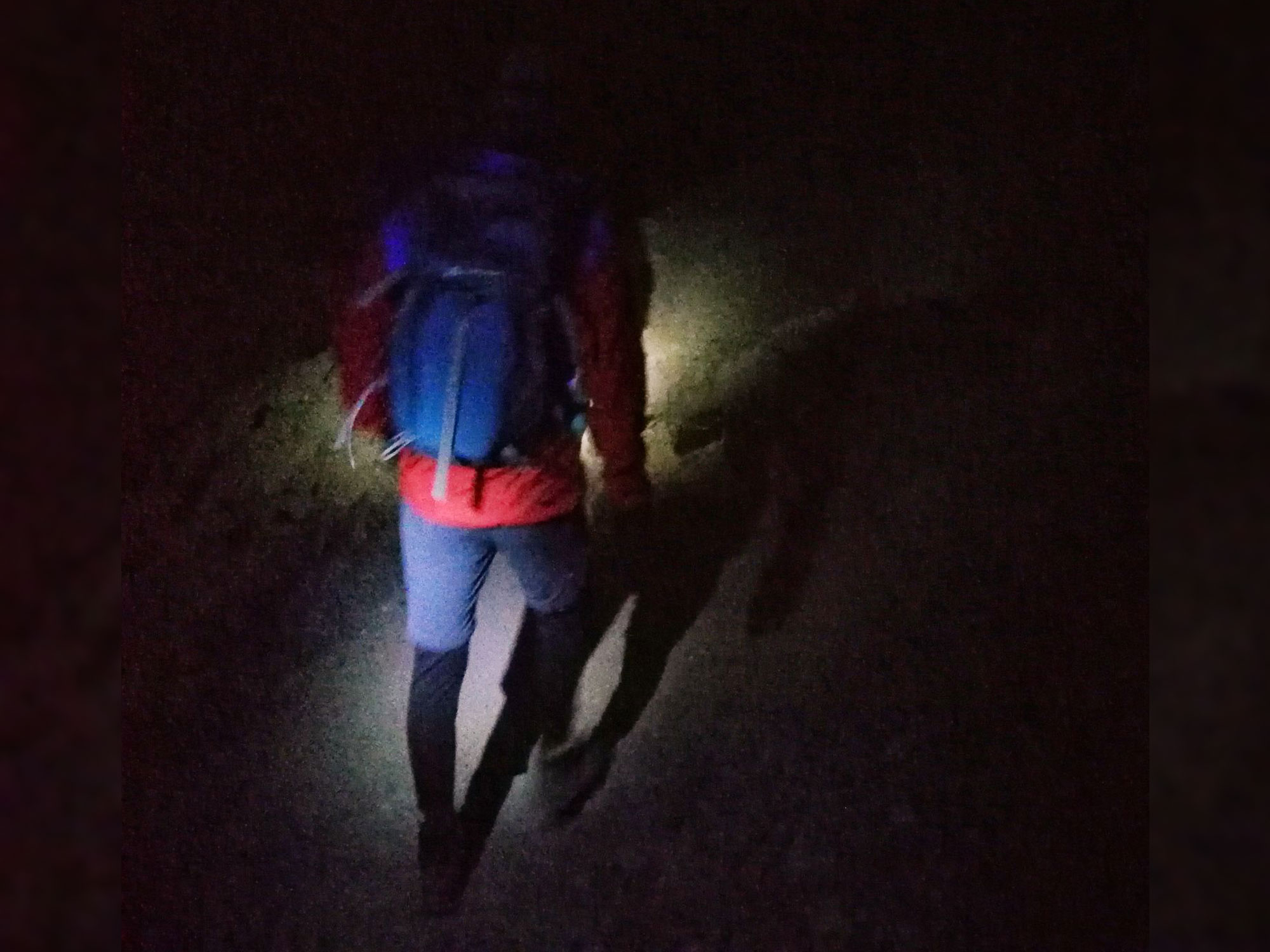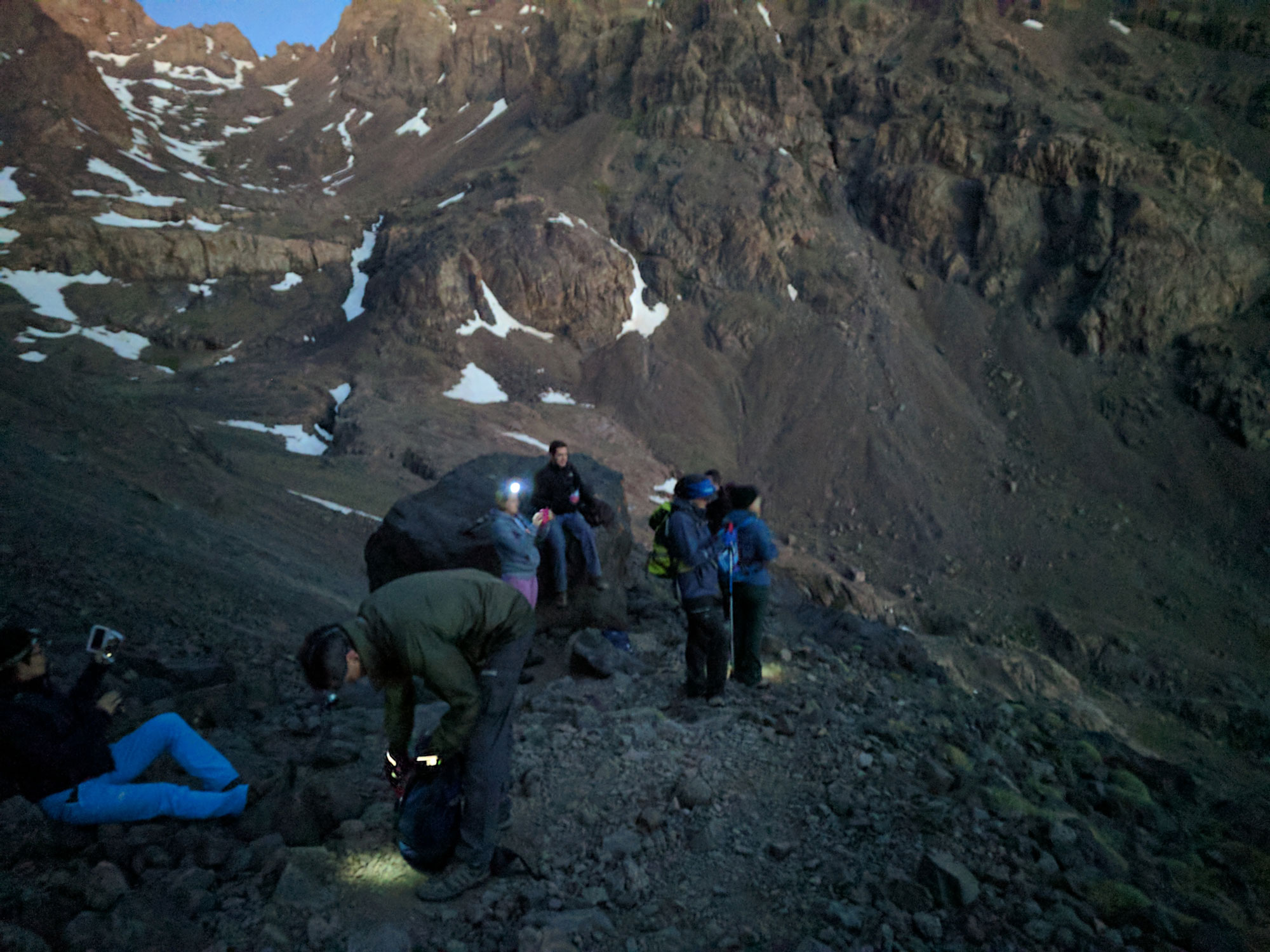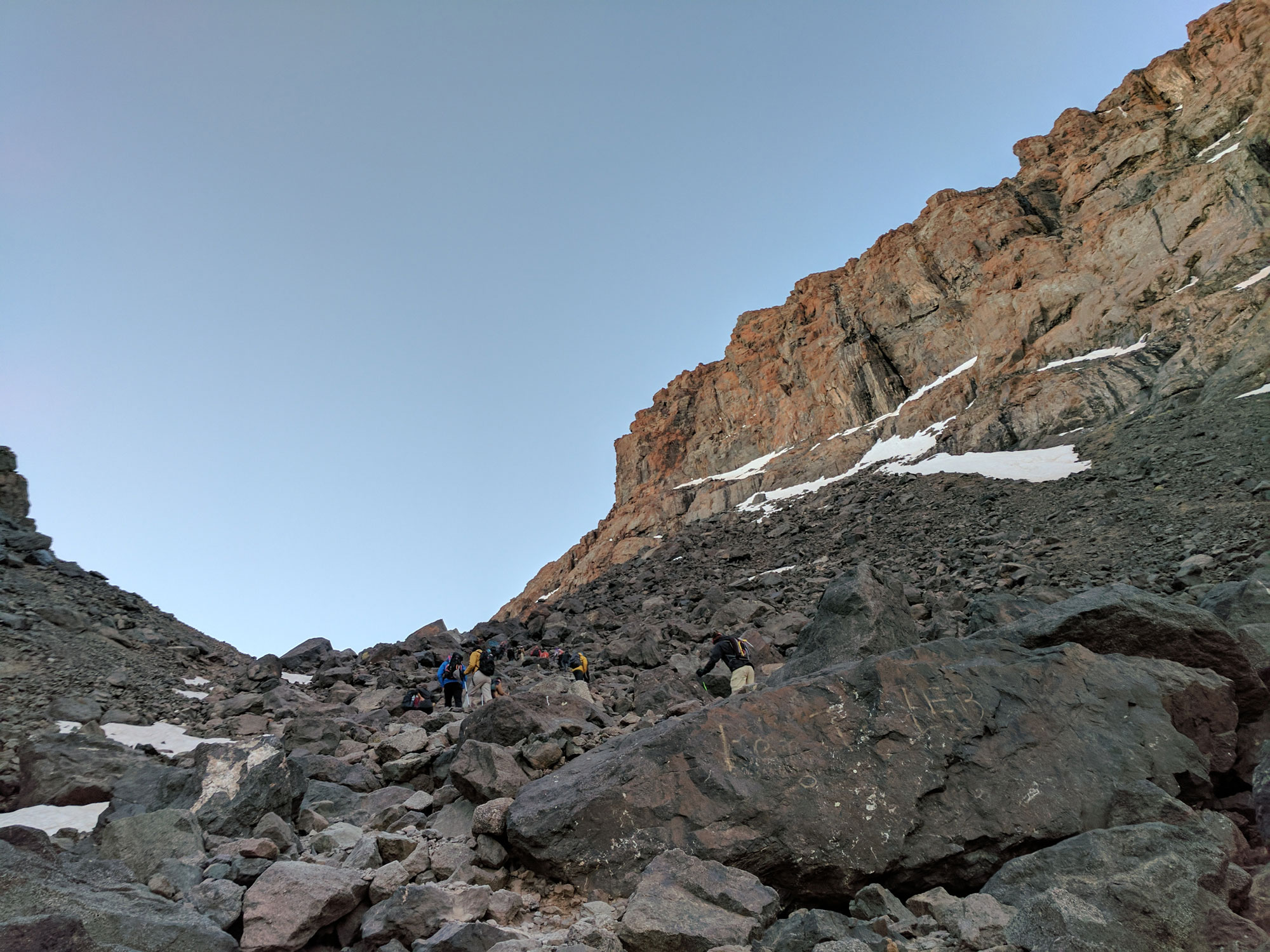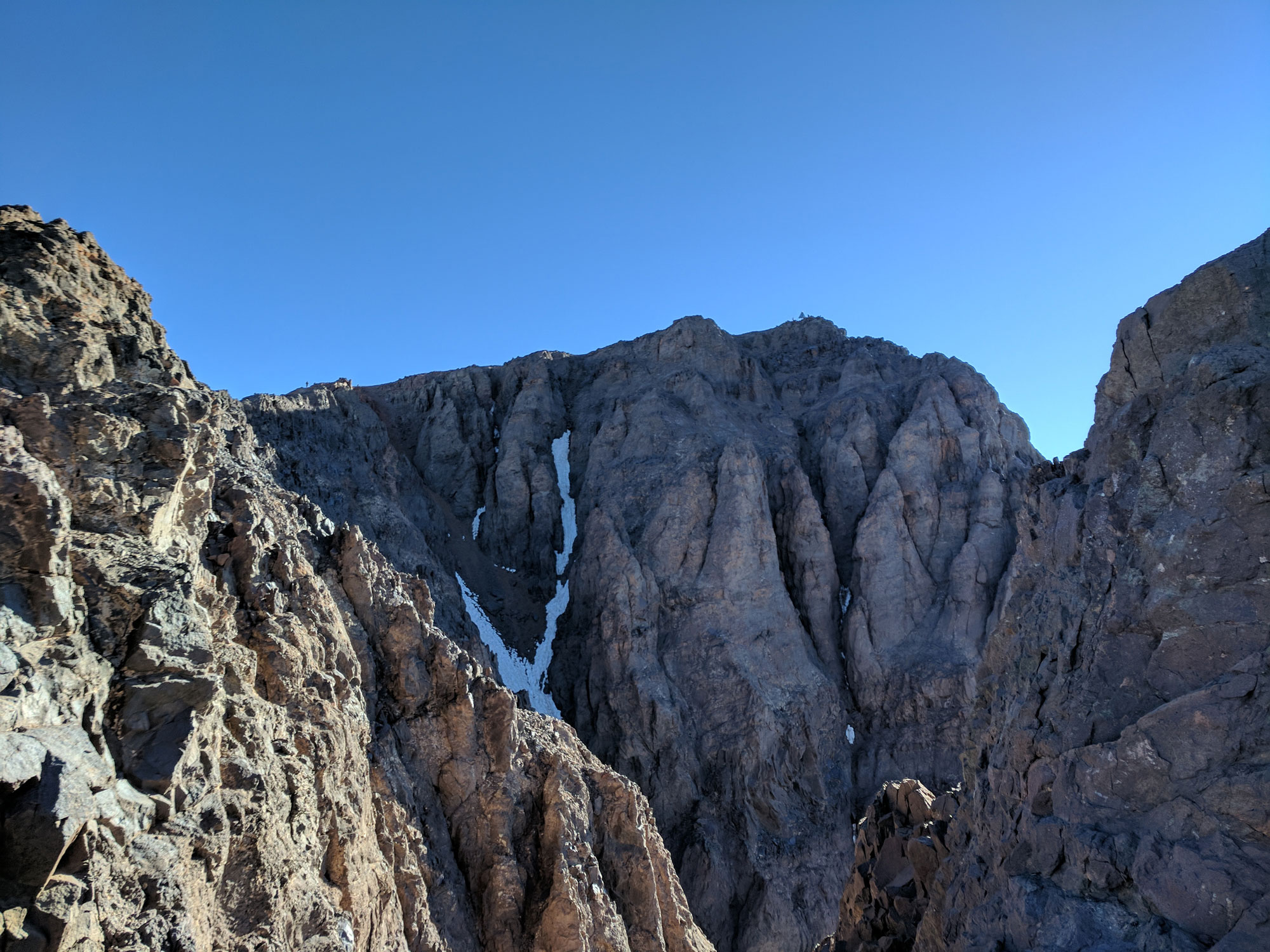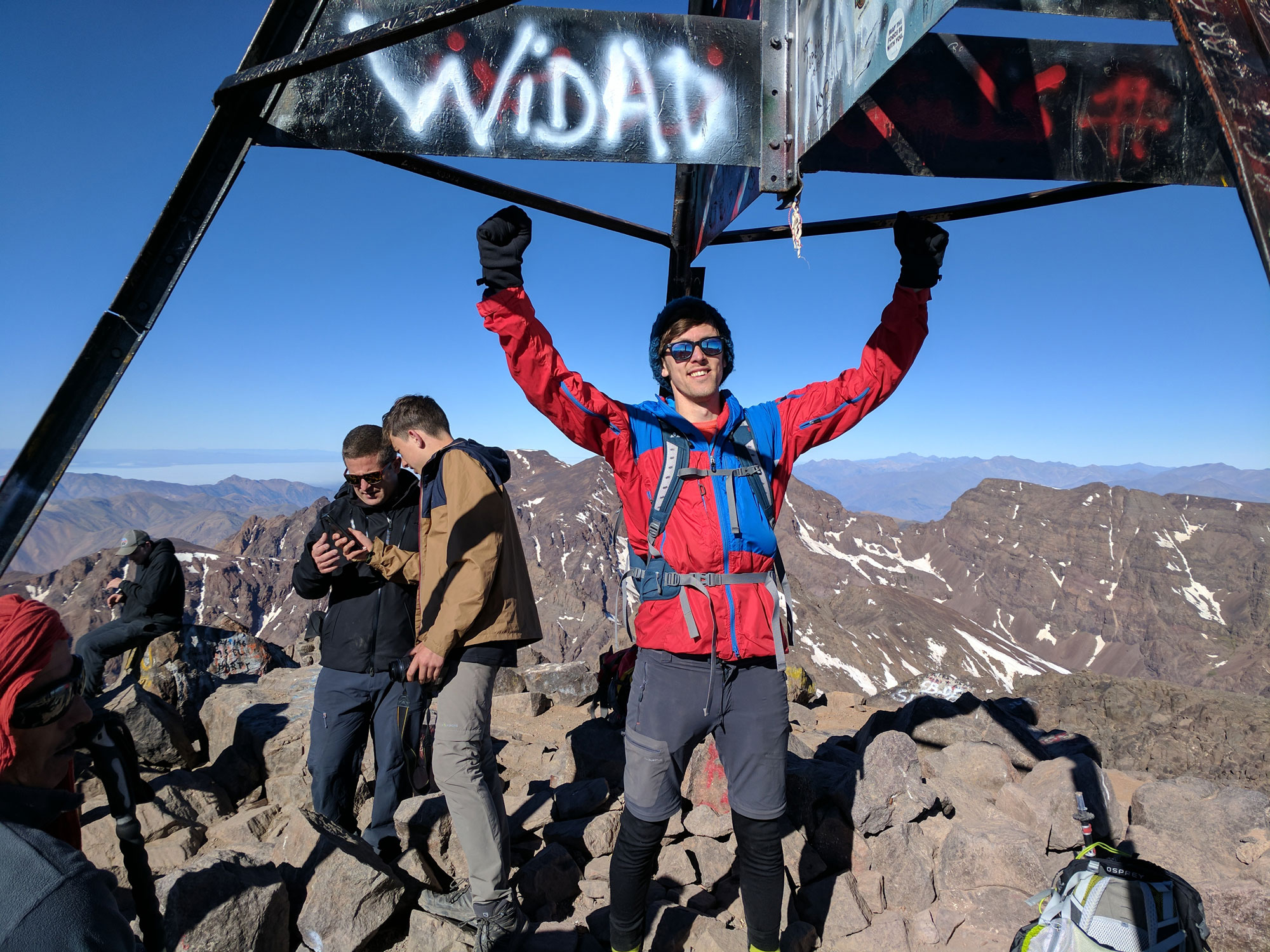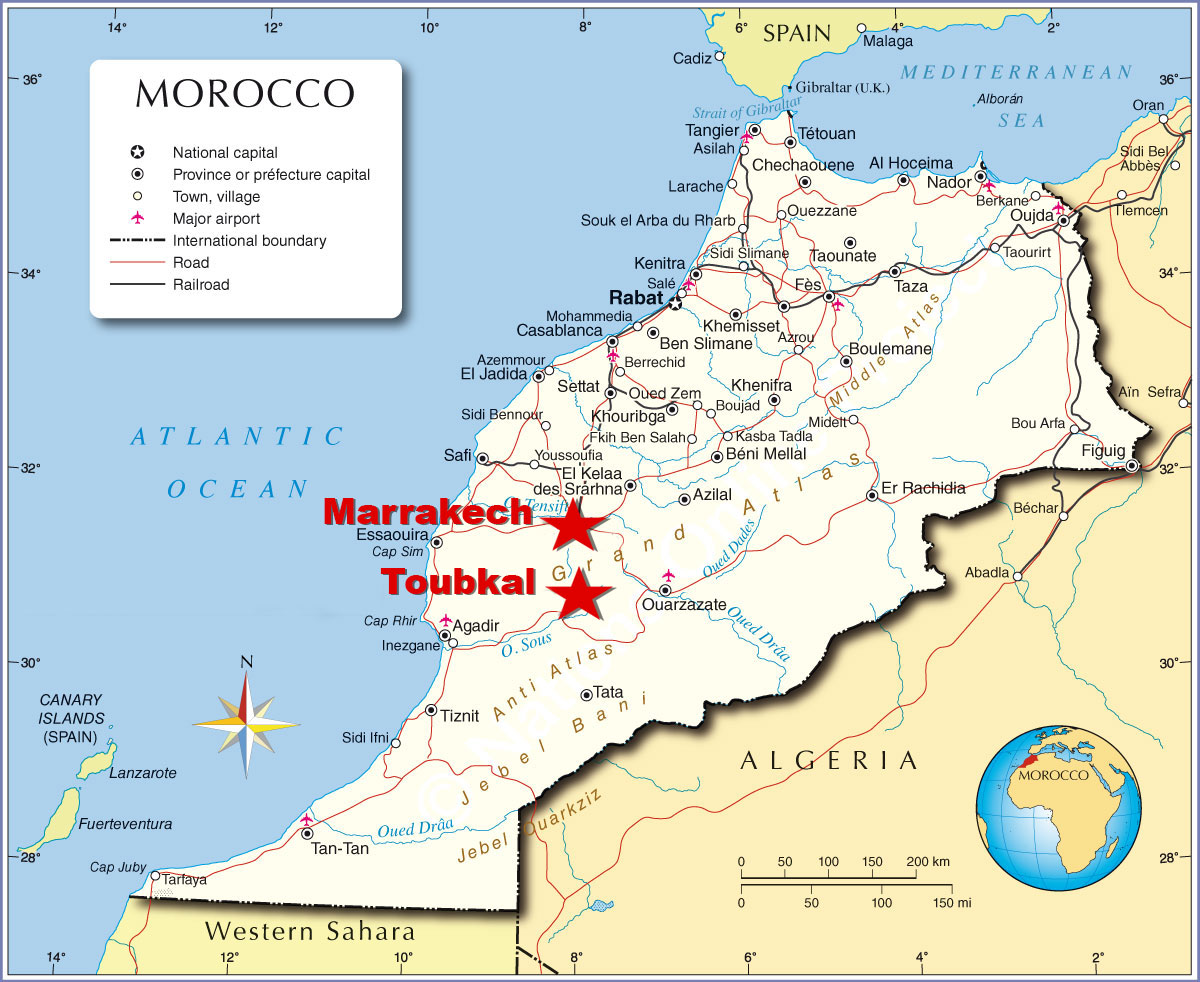“Did you see that?” I say to Mike and Georgie, two people I’ve literally just met.
“See what?” asks Georgie.
“The man. The man on a scooter. The man on a scooter with a massive great big rug balanced across his lap,” I reply.
Welcome to Marrakech, Morocco: a place where The Highway Code has yet to make much of an impact, a place where simply crossing a road is a nerve-shredding battle for survival, a place where drivers and motorcyclists seemingly do whatever the hell they want. Ride a scooter with three plastic chairs strapped to the front of it? Sure, no problem. This furniture won’t deliver itself.
“Two thumbs is nothing, you think.”
I’ve only been here a few hours but already the sheer intensity of this mad city has left me emotionally and physically drained. Well the intensity, and the fact my extremely early flight has resulted in me barely scraping together about 23 seconds of sleep. If it wasn’t for this mouthwatering vegetarian tagine I’m currently enjoying, and my burning desire to make the most of my brief time here, I’d be back at the Riad having the power nap to end all power naps.
What am I doing in Morocco? Well, primarily, I’ve come to climb to the top of the Atlas Mountains and, with a little help from Much Better Adventures, explore a part of the planet I’ve never been to before. Established by Alex Narracott and Sam Bruce in 2012, Much Better Adventures pride themselves on “uncovering the best outdoor experiences in the world’s most inspiring places, and working with amazing local guides to turn them into easy-to-book adventures.”
